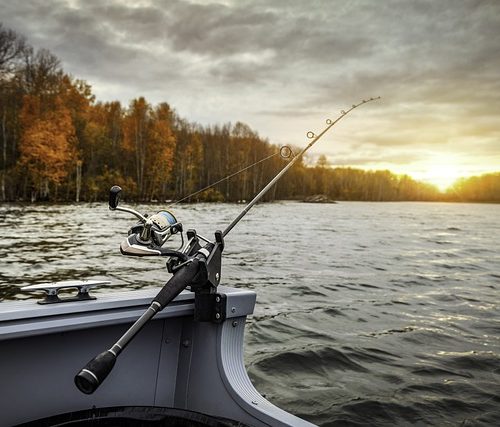Safety is a huge concern for most parents and while certain safety rules are generally applicable for us all, don’t run holding scissors, for example, some are more specific. When you take your children to one of the USA’s tens of thousands of indoor play areas there are certain things you should keep in mind and they are often different from the safety rules recommended. In modern play areas, for example, there is generally a lower risk from strangers as a result of safety measures but there are other hazards to consider. Here’s how you can keep your kids safe in an indoor play area.
Perform a Preliminary Check
Assessing the hazards in the play area is the first and most important step in keeping your child safe when taking them to an indoor play area. Consider how well-anchored play equipment is, whether there are pinch-points or exposed pieces of hardware if there are sharp corners, unsupervised areas, or frayed and damaged climbing nets and ropes.
You should also ask the operators about their hygiene schedule – this is doubly important if you have a child with a compromised or weak immune system.
Pick Age-Appropriate Play Pieces
When allowing your child into an indoor play area you should consider their age and capabilities before you let them play on certain pieces. Toddlers and young children, of course, should not be climbing unsupervised. For young children, equipment with padded flooring and things like crawl tunnels are safest. Once children reach 5 or 6 years old they start to gain coordination and strength. At this point climbing, monkey bars, and more complex play pieces can be appropriate.
Remember that age is not the only factor in determining your child’s capabilities. You know your child best, so if you have concerns do not hesitate to talk to the employees.
Gauge Supervision Levels
When you take your children to an outdoor play area you will likely have to do the bulk of the supervision (along with the other parents in the area). This is possible because most outdoor play parks are smaller and more open. In indoor play areas, however, this is harder because they are likely to be larger, busier, and more crowded. Check how many staff are present to supervise.
Good play is all about balancing risk and safety; proper supervision from the company can help you to keep the balance right. Checking the position of security cameras can also be helpful.
Dress for Success
Indoor play areas may be filled with opportunities for fun, but they also present unique hazards. Steps, slides, railings, corners, and seams in play equipment can all catch loose clothing and cause accidents. Dress your children in well-fitting clothes without loose drawstrings, sleeves, or ruffles that can get caught easily. If loose pieces of clothing like this get stuck or caught they can lead to trips, falls, and accidents.
And if you’re heading for your local Chuck-E-Cheese branch, remember to check Chuck-E-Cheese coupons and offers to make sure your day is safe and cost-effective.






